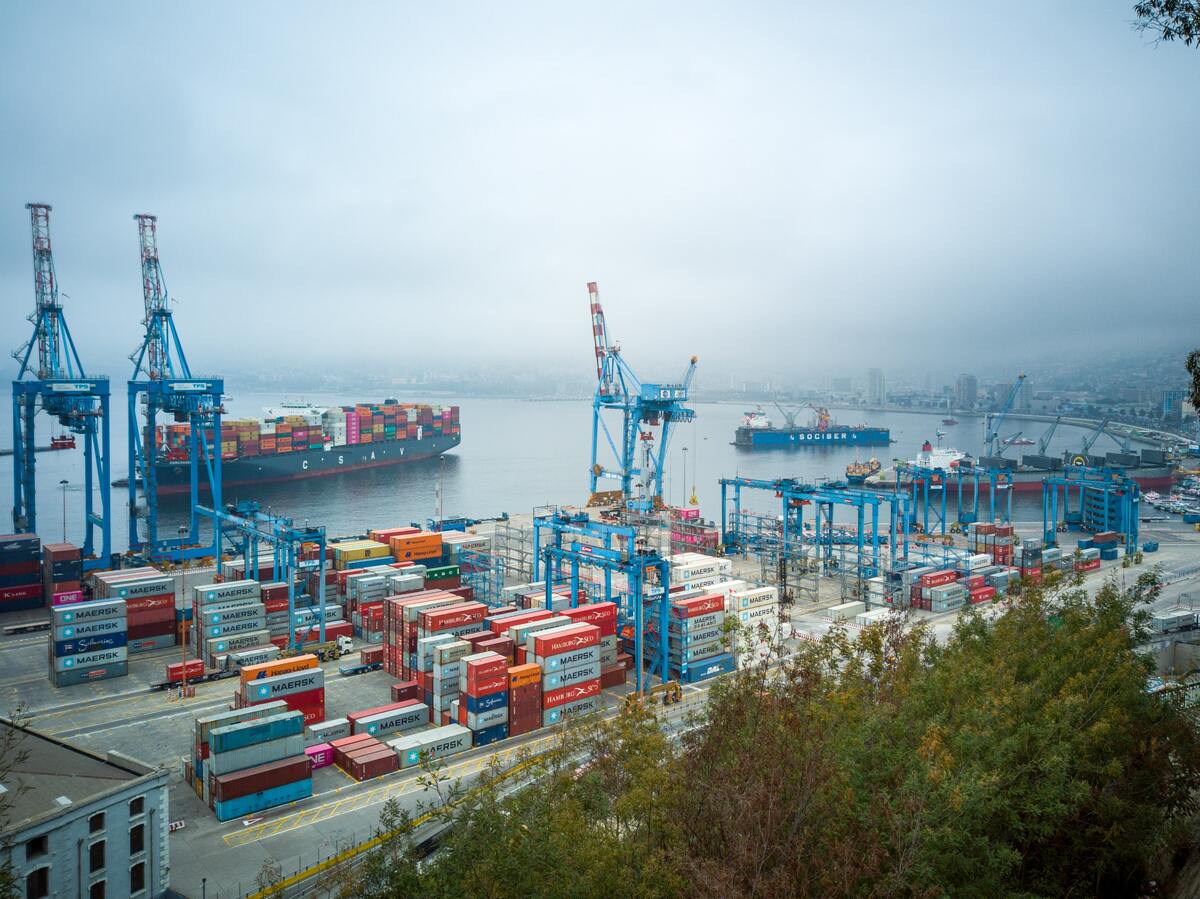Is an end to the global supply crisis in sight?

The global supply chain has been under duress as the pandemic has continued, but there is speculation that these issues may have improved recently.
The supply chain has become part of normal news over the past few years, as covid lockdowns led to bare shelves in many retailers. Even as lockdowns eased other problems occurred, as the consumer demand was high upon freedom and with stimulus money, yet product shortages meant there was an imbalance between supply and demand.
The strain on supplies seems to have been greatest in the autumn of 2022. Business Insider presents Flexport data, a freight forwarder, reporting a 35% increase in durable good consumption in 2021 compared to 2020. While consumption and demand were high, shipping was struggling. Flexport’s ‘Ocean Timeliness Indicator’ reported that it took more than 110 days for goods to go from Asia to the US in October 2021, tracking the time from which the item is ready to go to when it is picked up at its destination port.
There does seem to be indications that the situation is improving, however. Flexport data shows that the time taken to transport goods from Asia to the US has fallen to 95 days in the last week, which is at a rate not seen since mid-2021. Additionally, they report their shipping rates to have fallen from highs of $20,000 per container to $10,000, roughly.
These positive trends seem to suggest some improvement. As goods can be transported more quickly, retailers are able to have stocks of inventory, instead of the bare shelves from the peak of the pandemic. Shipping prices falling helps ease general economic pressure. Business Insider reports that while prices are still rising, this is now at a slower pace.
However, this is just a lessening of the extreme stresses of the past two years, and not an improvement compared to before. Oxford Economics’ index shows supply chain stress to be about four times the average for the 2010s. The situation worsened earlier in 2022 with the Russian invasion of Ukraine cutting off Ukrainian exports, and temporary lockdowns in parts of China in March caused significant disruptions.
Specifically, the impact of supply issues can be seen to be severely impacting the car industry. Global semi-conductor and chip shortages have harmed car manufacturers, as demand well outweighed supply, and led to temporary factory shutdowns at Renault, among other manufacturers.
Thus, while the situation may be improving for the global supply chain, it doesn’t seem like these pressures will be removed entirely any time soon and so good effects for consumers generally aren’t evident as of yet.

Annabel Thomas
Most Viewed
Winston House, 3rd Floor, Units 306-309, 2-4 Dollis Park, London, N3 1HF
23-29 Hendon Lane, London, N3 1RT
020 8349 4363
© 2024, Lyonsdown Limited. Business Reporter® is a registered trademark of Lyonsdown Ltd. VAT registration number: 830519543





